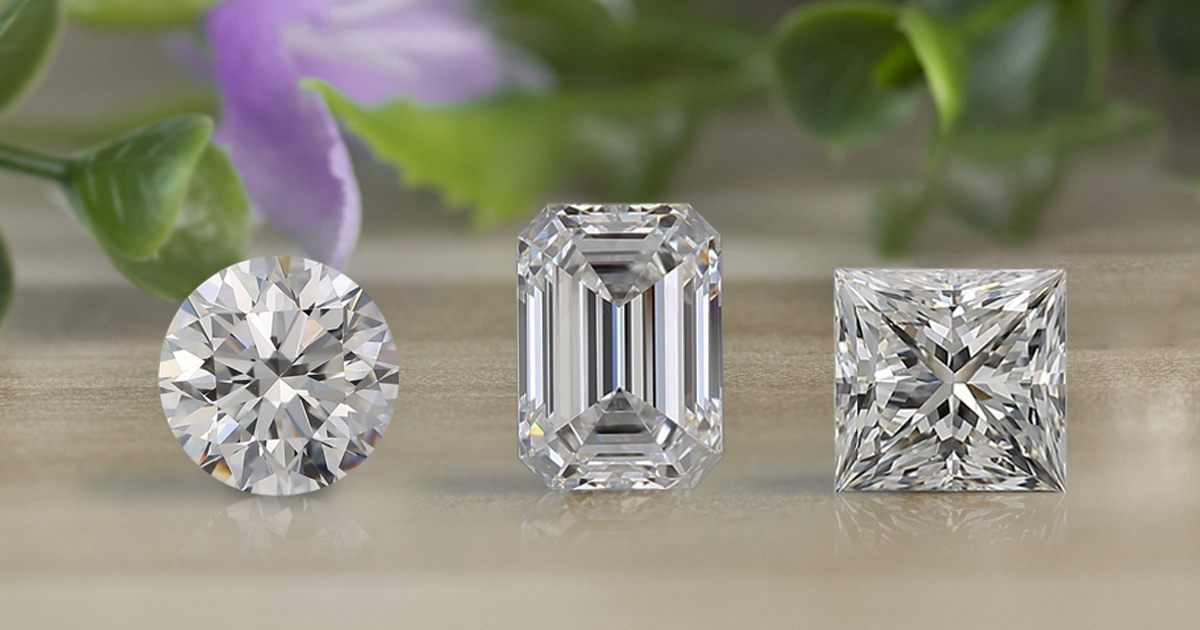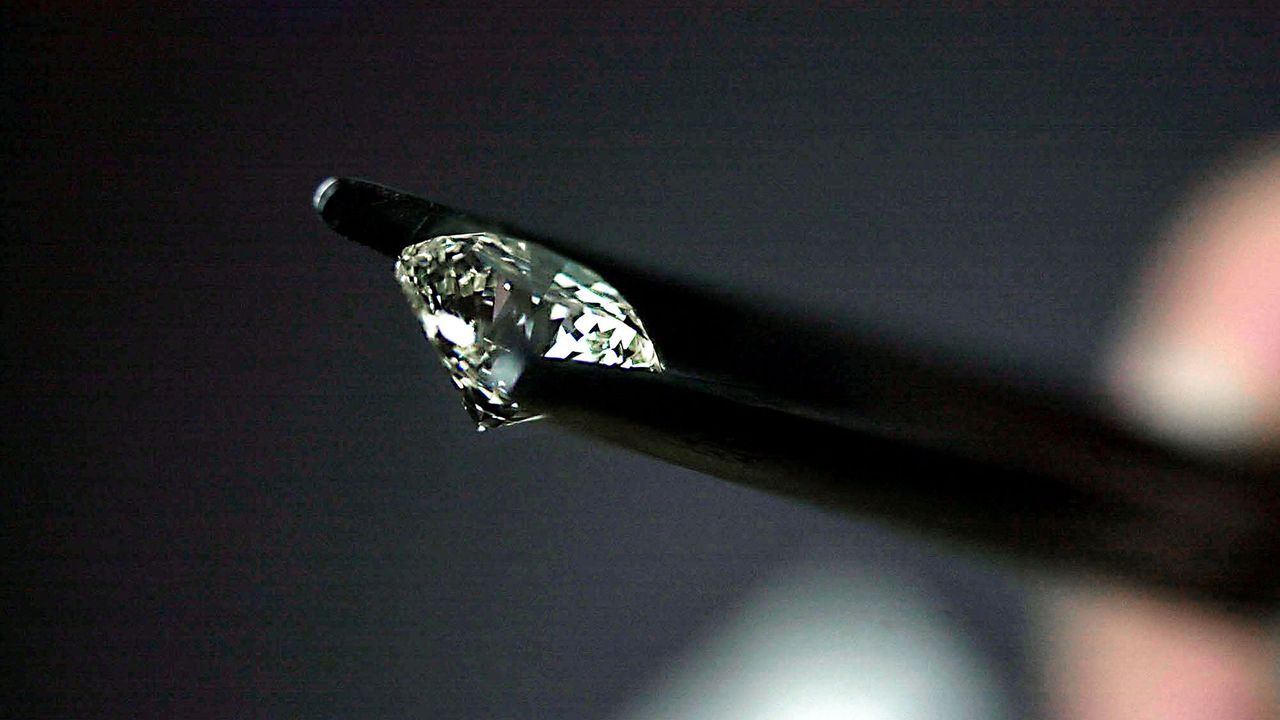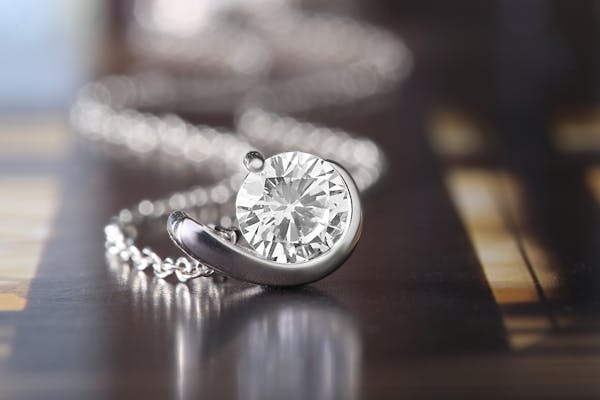Lab Diamond Rings: Your Complete Guide to Sustainable Sparkle

Lab-created diamonds have surged in popularity as a sustainable and affordable alternative to mined diamonds. These ethically sourced gems offer exceptional brilliance and durability, making them an attractive choice for engagement rings and other fine jewelry pieces. In this comprehensive guide, we’ll explore everything you need to know about lab diamond rings, from their production process to shopping tips and maintenance advice.
Introduction
When it comes to selecting the perfect engagement ring or special piece of jewelry, lab diamond rings guides offer a compelling alternative to traditional mined diamonds. Lab diamonds, also known as synthetic or cultured diamonds, are grown in controlled laboratory environments using advanced technology that replicates the natural diamond-growing process.
Understanding Lab Diamonds
Lab diamonds are chemically and physically identical to mined diamonds, with the same optical and chemical properties. The main difference lies in their origin: while mined diamonds are formed deep within the Earth’s crust over millions of years, lab diamonds are created in a matter of weeks using high-pressure, high-temperature (HPHT) or chemical vapor deposition (CVD) methods.
How are Lab Diamonds Made?
Lab diamonds are produced through either HPHT or CVD processes. HPHT mimics the conditions found deep within the Earth’s mantle, while CVD involves the deposition of carbon atoms onto a substrate to form diamond crystals. Both methods yield high-quality diamonds that are virtually indistinguishable from natural diamonds.
Quality of Lab Diamonds vs. Mined Diamonds
Lab diamonds undergo the same rigorous grading process as mined diamonds, with the 4Cs (cut, color, clarity, and carat weight) used to assess their quality. In many cases, lab diamonds exhibit superior clarity and color compared to their mined counterparts, thanks to precise control over the growth conditions.
Shopping for Lab Diamond Rings
When shopping for a lab diamond ring, there are several factors to consider to ensure you make an informed decision. These include the diamond’s cut, color, clarity, and carat weight, as well as the metal type and setting style of the ring.
Factors to Consider
- Cut: Choose a well-cut diamond for maximum brilliance and fire.
- Color: Opt for a colorless or near-colorless diamond for a classic look.
- Clarity: Look for diamonds with minimal to no inclusions visible to the naked eye.
- Carat Weight: Decide on the size of the diamond based on your budget and personal preference.
Popular Styles and Settings
Lab diamond rings come in a variety of styles and settings to suit every taste and budget. From classic solitaire designs to intricate halo settings, there’s a perfect ring for every occasion.
Sustainability and Ethics
One of the key advantages of lab diamond rings is their ethical and eco-friendly credentials. Unlike mined diamonds, which often involve environmentally destructive mining practices and potential human rights abuses, lab diamonds are produced in a controlled, sustainable manner with minimal impact on the planet.
Environmental Impact
The environmental footprint of lab diamond production is significantly lower than that of traditional diamond mining. By opting for a lab diamond ring, you can reduce your carbon footprint and contribute to a more sustainable future.
Ethical Considerations
In addition to their environmental benefits, lab diamonds are also free from the ethical concerns associated with mined diamonds, such as child labor and conflict financing. With lab diamonds, you can enjoy peace of mind knowing that your purchase supports ethical and responsible practices.
Cost Comparison
Lab diamond rings offer excellent value for money compared to mined diamond equivalents. In general, lab diamonds are priced lower than natural diamonds of comparable quality, making them an affordable option for budget-conscious shoppers.
Affordability of Lab Diamonds
Due to the controlled nature of their production, lab diamonds are typically more affordable than mined diamonds. This means you can get a larger or higher-quality diamond for the same price, allowing you to maximize your budget without compromising on quality.
Value for Money
In addition to their lower price point, lab diamonds also offer excellent long-term value. Their durability and timeless beauty ensure that your investment will retain its sparkle and allure for years to come, making them a wise choice for engagement rings and heirloom pieces.
Customization Options
One of the advantages of lab diamond rings is the ability to customize and personalize your jewelry to reflect your unique style and preferences.
Designing Your Own Ring
Many jewelers offer custom design services, allowing you to create a one-of-a-kind ring that perfectly suits your taste and personality. From selecting the lab made diamonds shape and setting to choosing the metal type and engraving, the possibilities are endless.
Personalization Features
In addition to custom design options, you can also personalize your lab diamond ring with meaningful touches such as engraving a special message or incorporating birthstones or other gemstones into the design.
Durability and Maintenance
Lab diamond rings are prized for their exceptional durability and low maintenance requirements, making them ideal for everyday wear.
Longevity of Lab Diamond Rings
Lab diamonds are just as durable as natural diamonds, with a hardness rating of 10 on the Mohs scale. This means they are resistant to scratching and chipping, ensuring that your ring will withstand the test of time.
Cleaning and Care Tips
To keep your lab diamond ring looking its best, simply clean it regularly with mild soap and warm water using a soft brush or cloth. Avoid using harsh chemicals or abrasive cleaners, as these can damage the metal setting or dull the diamond’s brilliance.
Certifications and Authenticity
When purchasing a lab diamond ring, it’s important to ensure that you’re getting a genuine, high-quality diamond from a reputable source.
Recognized Lab Certifications
Look for diamonds that have been certified by reputable gemological laboratories such as the Gemological Institute of America (GIA) or the International Gemological Institute (IGI). These certifications provide assurance of the diamond’s quality and authenticity.


![How To Resolved [pii_email_a833493c3484d9c7d070] error in 2021?](https://i.ibb.co/tsWD5pY/All-the-things-people-must-know-about-pii-email-a833493c3484d9c7d070-error.jpg)


